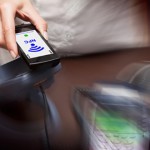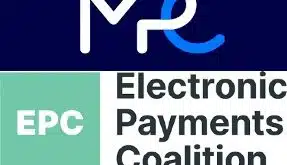There wasn’t a Regular Joe in the room, but that didn’t stop a panel of payments professionals Tuesday from probing the consumer psyche to discern why mobile wallets aren’t more popular.
As a percentage of point-of-sale transactions, most experts agree that the major general-purpose mobile wallets—Apple Pay, Android Pay, and Samsung Pay—have captured a market share of only in the low single digits. The hurdles to greater use of smart phones for contactless payments are numerous, panelists agreed during the “Why Consumers Don’t Understand Digital Wallets?” session at the Mobile Payments Conference in Chicago.

Panelist Jack Connors, who manages retailer partnerships for Alphabet Inc.’s Android Pay mobile wallet, attributed lackluster wallet usage to three “pillars” that need to be addressed simultaneously, including availability, currently low because of lack of merchant acceptance, and lack of consumer awareness.
“The third, and I think the most fundamental, is value,” said Connors. “People use apps when they get free stuff.”
Connors cited Starbucks Corp.’s proprietary wallet as “the gold standard” of mobile wallets, noting that 25%-plus of the coffee purveyor’s volume comes through its mobile app. Starbucks’ loyalty program accessed through the app is structured to generate rewards in sufficient quantity to spur more customer visits and larger tickets.
In a similar vein, Randy Vanderhoof, director of the U.S. Payments Forum, a Princeton Junction, N.J.-based trade group, added that consumers “want speed and convenience and the no-hassle factor. So far, mobile and contactless payments have not delivered on those three things equally well.”
Zavida Mangaru, head of product for merchant processor North American Bancard Holdings LLC’s Total Merchant Services unit, emphasized the lack of consumer education about the wallets. She also noted that the coming of EMV chip card payments has changed traditional payment procedures, and that the profusion of mobile wallets amounts to a “land grab” at the point of sale—and more fodder for consumer confusion. In addition to the aforementioned ‘Pays’ there are other new wallets such as Citi Pay, Chase Pay, and Walmart Pay competing for consumer and merchant attention.
“What happened to simplified checkout?” Mangaru wondered.
Ever the optimist, Connors noted that even with its enviable 25% penetration, three-fourths of Starbucks customers still aren’t using the mobile app for payments—a huge growth opportunity.
Connors also cited the experience of Android Pay partner Panera Bread, the St. Louis-based fast-casual restaurant chain, which successfully integrated its loyalty program into the mobile wallet. Panera customers can easily find out how many more rewards they currently can redeem and how many more visits they need to earn a reward, and that has meant more volume on Android Pay.
“More people are using the wallet because they’re getting value from it,” Connors said.





